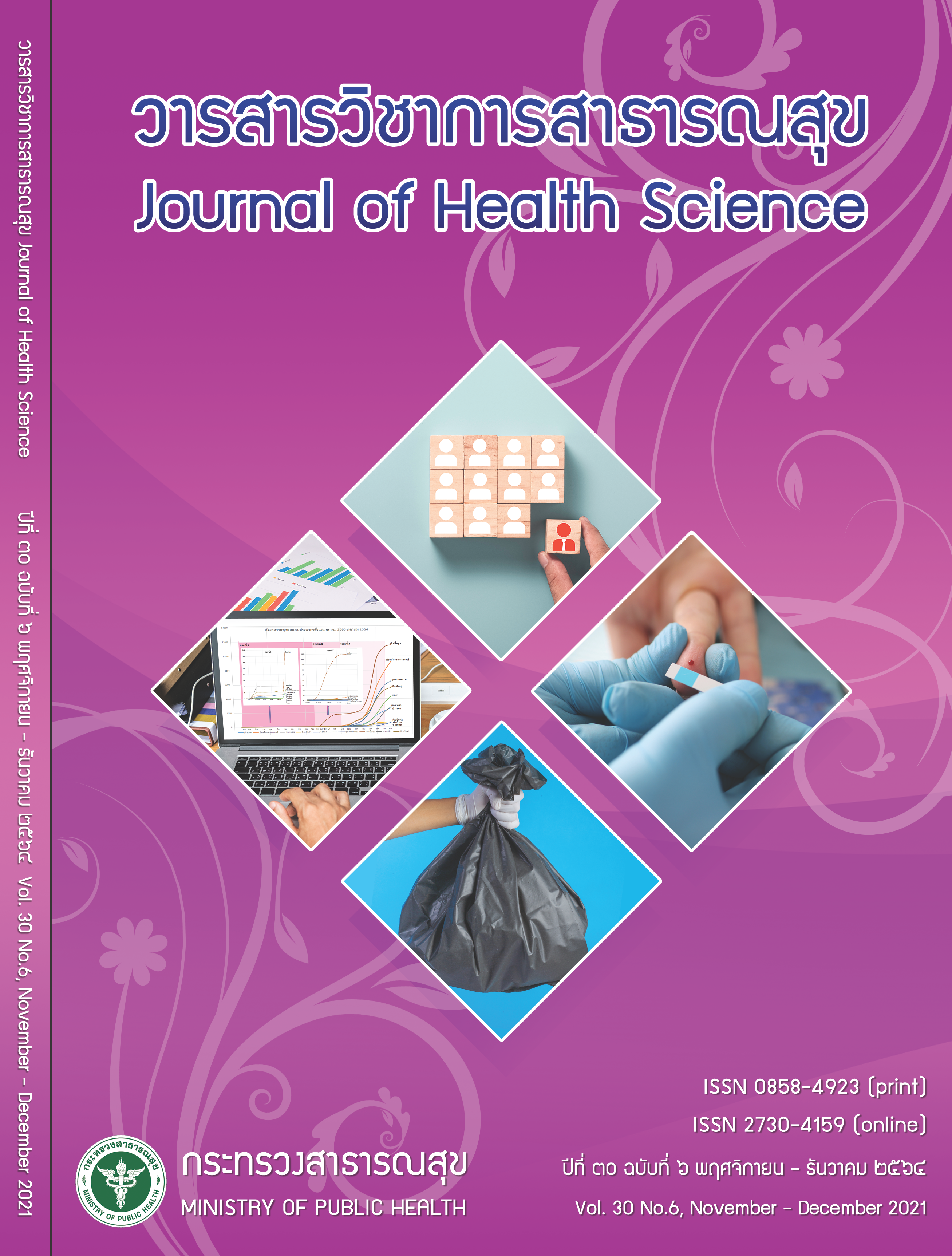Thai Food Wisdom Reducing Risk of Diabetes
Keywords:
diabetes, chronic disease, local wisdom, Thai food; healthAbstract
Diabetes cannot be cured but the risk of developing such disease can be prevented or reduced by modifying food consumption behaviors of the individuals though Thai food wisdom practice. The wisdom of Thai cooking has integrated in the ways of Thais’ life since previous era and passed on to modern period. Its resource is available in the locality and people can access easily. It is considered as a fundamental resource to promote health of Thai people over times. All agree that the wisdom of Thai cooking is aligned with the mission of Thai public health policy related to health promotion, preventing ill health, curative and health rehabilitation. Diabetes is mainly caused by inappropriate food consumption behaviors. Kinds of missed practice when preparing food is adding too much food seasoning or used low quality products for cooking. These can increase the risk of developing diabetes. Thai health policy focuses on reducing the rate of diagnosed diabetes among Thais though varies strategies. The key strategy is promoting Thai people to use local product in cooking, add low sugar, consume non-oily and unsalty food are key policy. Rather people should increase the quantity of vegies and herbs from the community as cooking ingredients in order to bring good health for Thais. They could be free from noncommunicable diseases. The relevant sectors then should promote its people to use food supply and product that are available in the community as it is recognized as important practice to keep people staying away from diabetes.
Downloads
Downloads
Published
How to Cite
Issue
Section
License

This work is licensed under a Creative Commons Attribution-NonCommercial-NoDerivatives 4.0 International License.







